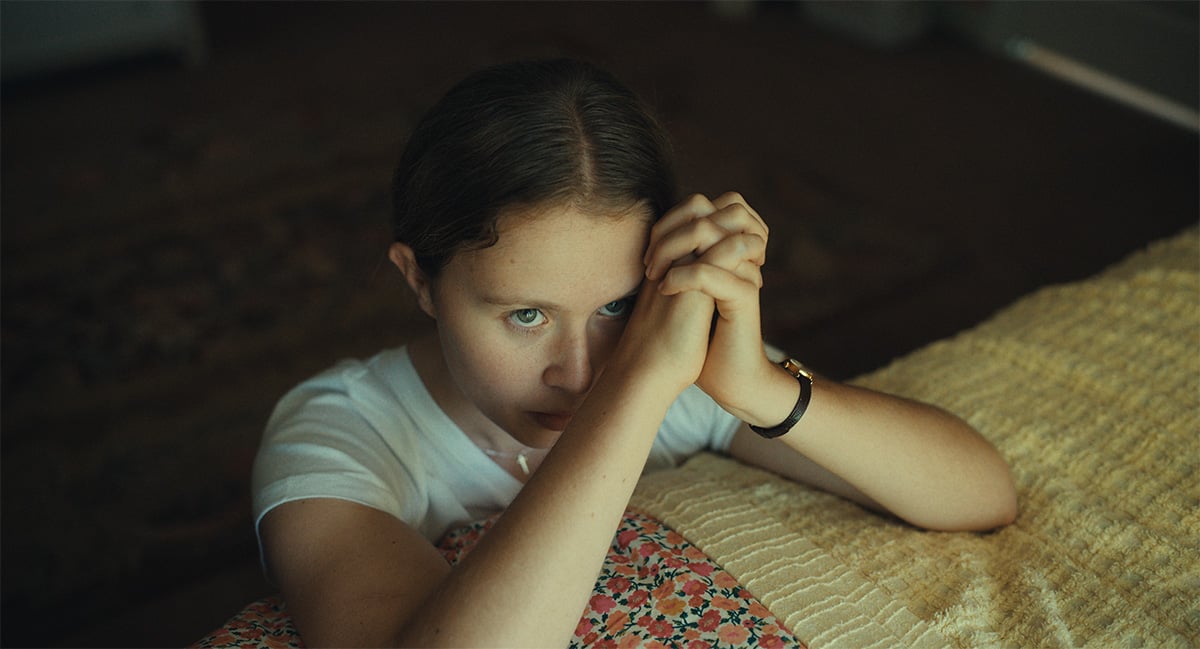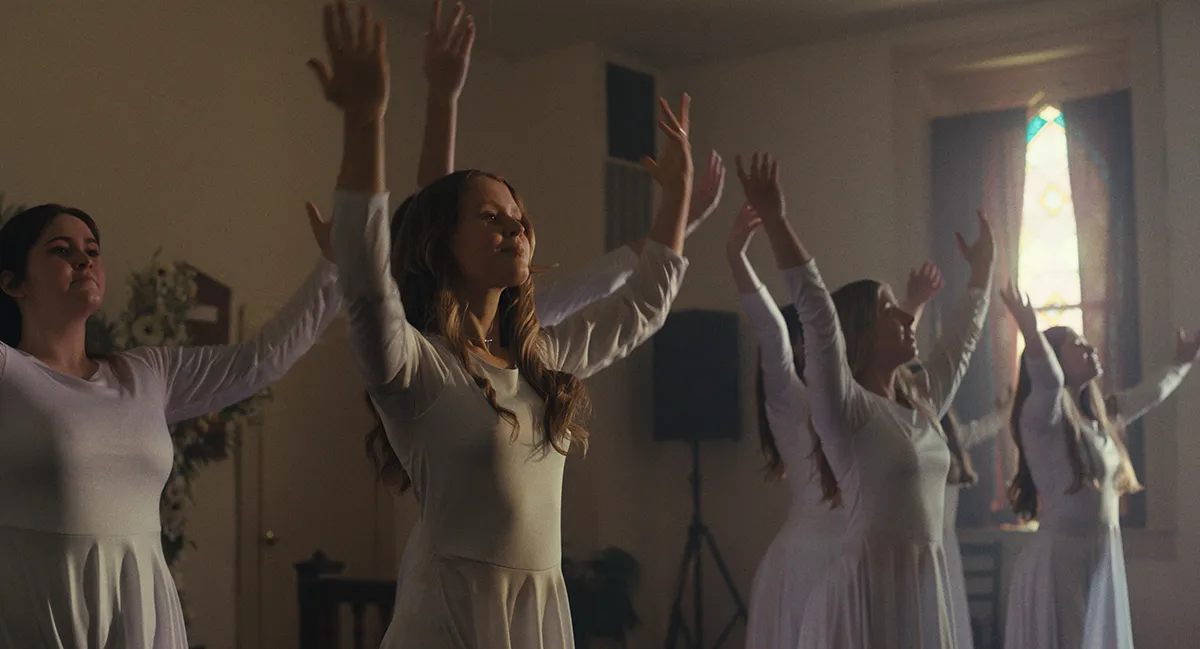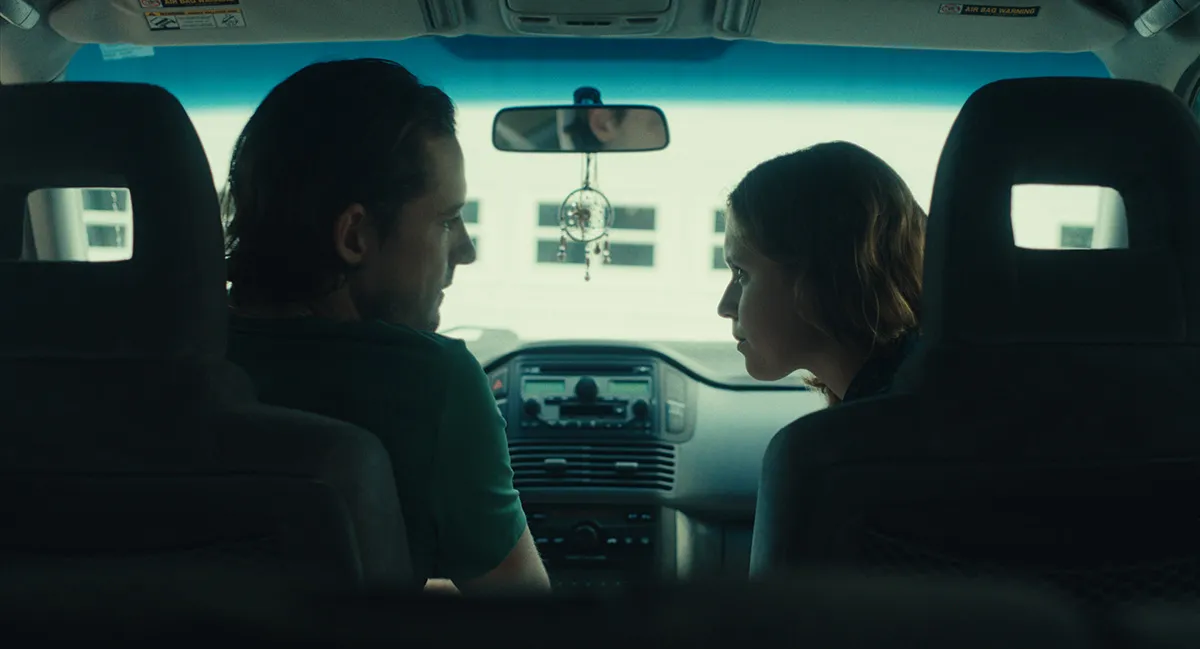
Laurel Parmet’s The Starling Girl brings light to the power imbalance between young girls in a cult-like church and the men that rule it. Starring Eliza Scanlen as Jem, the movie explores her seemingly innocent infatuation with the older brother of the boy she’s courting and what happens when he acts upon those feelings instead of letting the childhood crush of an innocent 17-year-old go.
Jem is supposed to be courting Ben Taylor (Austin Abrams), the son of the preacher, but Jem is more interested in Ben’s older brother Owen (Lewis Pullman), who is in his late 20s and who came home from a mission. In a crush that feels relatable at first, Jem finds herself having an affair with a man who is supposedly happily married and in a church that will always side with the man in this situation over the women they are using their power on.
It’s a heartbreaking examination of being stuck in a situation that one did not choose and the struggle with which Jem has to deal with as her family has more important things happening than what she’s doing in the dark of night. But at its core, it’s a story about growing up, the people you think you can trust and how they can hurt you most of all, and power struggles. It does also, surprisingly, have a beautiful message between Jem and her father Paul (Jimmi Simpson).
Music, dance, and healing

The reason that Jem Starling is at this church is because of her father’s journey. Paul was a musician who became an addict and, in his journey to getting clean, found religion. Jem was born into it. But they both find a connection to something that is, in the eyes of the church, meant for God. It’s music for Paul and dancing for Jem, tied together throughout time. Jem wants to dance for the church but is often called out for dancing for herself more than for Him.
But when she hears her father’s music and learns more about him, she begins to understand her own feelings about religion and her life, and we see how it heals her and helps her along her journey to self discovery. Instead of relying on the people (mainly the men) in her life to give her advice, she finds her own connection to dance and music and does what is necessary for her, and it is an important message hidden within the film as we’re watching Owen and Jem struggle with feelings that should not have been acted on in the first place.
A childish crush

There are moments throughout this movie where the audience will probably feel connected to Jem’s journey. Growing up, there were many times that myself or my friends would have a crush on an older man, the brother of someone or a teacher, but the difference in most those situations was that the crush was harmless. Just a part of a growing up. But what happens when it loses that harmlessness because the one with power (the man in this situation) acts upon those feelings when he shouldn’t?
That’s where The Starling Girl really shines in highlighting not only the horrors of the men turning the blame onto young girls for simply experiencing normal emotions, but also what happens when women are forced into positions where they’re seen as “enticing” someone just by existing. Eliza Scanlen and Lewis Pullman do an incredible job bringing this dynamic to life in a way that makes you understand Jem and her emotions, but watching it as an adult, I found myself horrified by what Owen did. He knew exactly what he was doing, and then his efforts to escape blame just made his actions worse.
The Starling Girl will stay with you. You’ll want to talk about it and will frantically look for someone else who has seen it do to so. And hopefully that conversation will extend to breaking down the power that these churches have and how they give grace to men and often leave women in the dust.
(featured image: Bleecker Street)
Have a tip we should know? [email protected]
